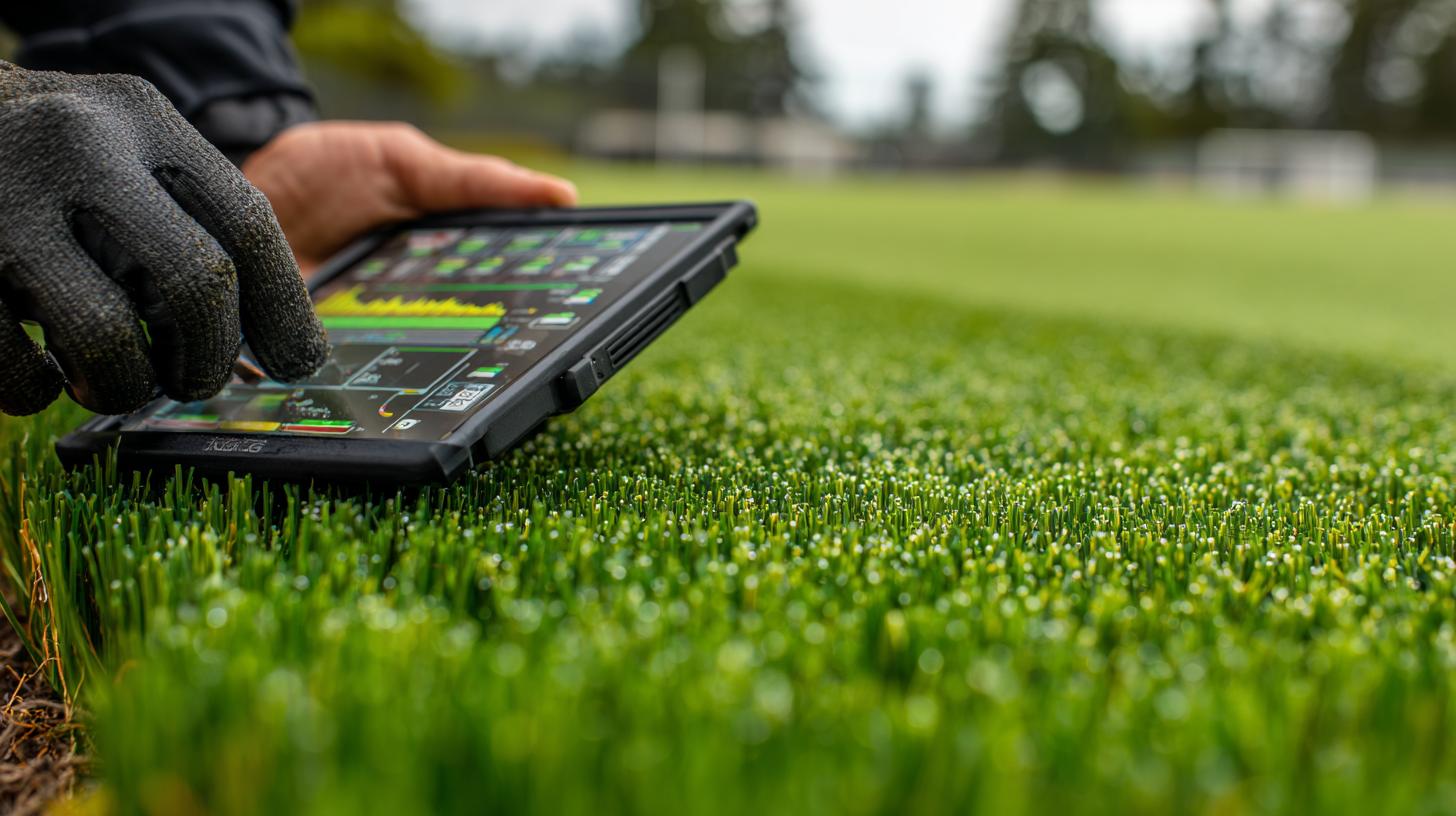Ultimate Grass Network Setup Guide to Optimize Your Turf Monitoring
Welcome to the definitive grass network setup guide that will transform how you monitor, manage, and maintain your lawn or sports field. In this in-depth article, we dive into the innovative world of smart turf networks, equipping you with the expertise to install sensors, configure software, and fine-tune your system for peak performance. Whether you’re a homeowner seeking a lush backyard or a groundskeeper maintaining a championship golf course, our step-by-step walkthrough will ensure your grass network delivers accurate moisture readings, efficient irrigation schedules, and real-time alerts. By the end of this read, you’ll have all the actionable tips, hardware recommendations, and best practices needed to bring your green space into the digital age.
Understanding a Grass Network
Defining the Concept
A grass network is a specialized soil sensor network designed to monitor moisture, temperature, and nutrient levels beneath your turf. These systems leverage wireless nodes placed strategically across your lawn or field, communicating data back to a central gateway. With this real-time information, you can optimize watering cycles, reduce fertilizer waste, and prevent disease outbreaks before they spread. Essentially, it’s a smart lawn monitoring solution that brings precision agriculture techniques to your own backyard.
Core Components
- Wireless Soil Moisture Sensors: Measure volumetric water content.
- Temperature and Humidity Probes: Track environmental conditions.
- Central Gateway Unit: Aggregates data and interfaces with your network.
- Control Software or Mobile App: Visualizes trends and sends alerts.
Key Benefits of Implementing a Grass Network
Water Savings and Sustainability
Precision irrigation driven by sensor feedback can reduce water use by up to 30%. Instead of running sprinklers on a fixed schedule, your system waters only when the soil moisture dips below a preset threshold. This not only conserves a precious resource but also prevents root rot caused by overwatering.
Improved Turf Health
Consistent monitoring helps you maintain optimal soil conditions for robust turf growth. Early detection of dry spots or soggy areas means you can adjust watering patterns and application rates immediately, resulting in thicker, greener grass and fewer disease issues.
Cost Savings and ROI
While initial setup costs may vary, many users recoup their investment within a single growing season. Reduced water bills, lower fertilizer usage, and minimized turf replacement costs contribute to a favorable return on investment.
Step-by-Step Grass Network Setup Guide
1. Planning Your Sensor Layout
Begin by mapping zones within your lawn or field that have different sun exposures, soil types, or slopes. Divide the area into manageable sections of 500–1,000 square feet each. This approach ensures your sensor nodes capture representative data for every microclimate.
2. Selecting Hardware
- Choose soil moisture sensors compatible with your network frequency (e.g., 915 MHz, 2.4 GHz).
- Verify battery life and IP rating for outdoor use.
- Pick a gateway unit that supports Wi-Fi, Ethernet, or cellular uplink depending on your connectivity.
3. Installing Sensors
Dig small holes at each sensor location, gently insert the probe until the sensor head is flush with the soil surface, and secure any protective caps. Make sure the antenna is above ground and free from obstructions. Label each node for easy identification in your dashboard.
4. Configuring the Network
- Power on the gateway and connect it to your router or mobile network.
- Use the manufacturer’s app or web portal to register each sensor node.
- Set sampling intervals—common intervals range from 15 to 60 minutes.
5. Setting Thresholds and Alerts
Establish moisture thresholds based on turf type (e.g., cool-season vs. warm-season grass). Configure push notifications for low-moisture alerts, extreme temperature events, or sensor malfunctions. This automation keeps you informed without constant manual checks.
Maintaining Your Grass Network
Routine Inspections
Schedule quarterly inspections to ensure sensors remain properly seated and waterproof seals haven’t degraded. Clear debris and mow around sensor heads to prevent interference.
Software Updates and Calibration
Regularly check for firmware updates to improve accuracy and battery management. Recalibrate sensors annually by comparing readings to a handheld moisture meter for the highest data integrity.
Troubleshooting Common Challenges
Connectivity Issues
If sensors drop offline, first verify signal strength and move the gateway if necessary. Consider adding a mesh repeater or extending the antenna to bridge gaps in coverage.
Inaccurate Readings
False highs or lows often stem from air pockets around probes. Reinsert sensors carefully, ensuring firm soil contact. Replace aging batteries to avoid erratic data spikes.
Example Case Study
On a mid-sized sports field, a groundskeeper noticed frequent dry patches despite regular watering. After installing a grass network, he pinpointed an irrigation valve failure and avoided turf loss worth $2,500. Within two months, water usage declined by 25%, while field quality improved significantly.
Your Next Steps to Smarter Turf Management
Now that you’ve mastered this grass network setup guide, it’s time to bring precision monitoring to your green spaces. Ready to reduce water waste, boost turf health, and save on maintenance costs? Explore our recommended sensor kits and software solutions here, or start planning your installation today. Embrace the future of lawn care—your grass will thank you!


Comments are closed